While elections work differently depending on where you live, all states have security measures to ensure the integrity of every vote. With that in mind, The Fulcrum presents a six-part series on how elections work in swing states, starting with Wisconsin. Created by Issue One, these state summaries focus on each state's election process from registration to certification.
Our freedom to vote in fair and secure elections is the foundation of our system of self- governance established under the U.S. Constitution. Many people look to American elections as models of freedom and fairness. While elections in other countries are more unstable, we hold firm to our systems of checks and balances. As citizens, we have a voice that many people around the world do not.
Because the majority of elections are run at a local level, the voting experience can be very different depending on where a voter lives, but all states, including Wisconsin, have verification processes in place before, during, and after votes are cast to ensure the integrity of the election. Whether you cast your ballot in-person or by mail, early or on Election Day, your vote counts.
Here is what you need to know about how elections work in Wisconsin to make sure that your vote is kept safe and secure and is counted with integrity.
Registration
To ensure their eligibility, all voters must register to vote in order to cast a ballot.
- You can register online, by mail, or in-person.
- The voter registration deadline in Wisconsin varies on method of registration. October 16, 2024 is the deadline if you are registering by mail or online, and November 1, 2024 is the deadline if you are registering in-person at your municipal clerk’s office or an early voting location. Voters can also register in-person on Election Day, Tuesday, November 5, 2024, at their local polling place.
- For more information see here: https://myvote.wi.gov/en-us/Register-To-Vote.
Ways to vote
Once registered, a voter in Wisconsin may either vote an absentee ballot (by mail or during in-person early voting) or in-person at the polls. Both options have transparent processes to ensure ballots are kept secure and counted accurately. Track your ballot: https://myvote.wi.gov/en-us/Track-My-Ballot
Vote with an absentee ballot:
- Voters must fill out an application by October 31, 2024 to have an absentee mail ballot sent to them. Election officials will review the application and confirm that the person applying is a registered voter and eligible to vote.
- Mail-in or absentee ballots must be received by 8:00 PM on Election Day to be counted.
- For more information about voting absentee, see here: https://myvote.wi.gov/en-us/Vote-Absentee-By-Mail
Vote early in-person:
- Early voting starts at municipal clerks’ offices on October 22, 2024 and, varying by municipality, ends on November 3, 2024. Check MyVote or contact your municipal clerk for absentee voting hours.
- All voters must provide a proof of residence document and valid photo ID
- Find more information about early voting: https://myvote.wi.gov/
Vote in-person on Election Day
- Election Day is Tuesday, November 5, 2024. Polls are open from 7:00 AM to 8:00 PM.
- Voters must bring a valid photo ID and proof of residence to vote on Election Day.
- Find more information about voting on Election Day: https://myvote.wi.gov/
There are also options for military and overseas voting, more information is available here: https://myvote.wi.gov/ Military-Overseas-Voters
Securely counting every ballot during the voting period
Before, during, and after ballots are cast, Wisconsin has procedures to review and verify election processes. Voting equipment testing, the local and county canvass, post-election audits and recounts are all open to the public.
- 48 states conduct some type of post-election audit. Wisconsin is one of 37 states that require a traditional post-election tabulation audit, involving auditable paper ballots.
- To ensure that every ballot is accurately counted, each voted ballot is inserted into a tabulator where it is counted towards the election results.
- Absentee ballots are only counted once election inspectors first verify the absentee ballot envelope meets all requirements, including a certificate that must be signed by the voter and a witness. If the certificate is insufficient, the ballot is rejected.
- All voting equipment in the state must meet rigorous security standards that can be thoroughly audited.
- The state and county officials also conduct audits after every election to be sure the voting process and equipment are secure, free, and fair. At least one audit will be conducted in each of Wisconsin’s 72 counties. Reporting units are selected to include a sample from each piece of voting equipment that records and tabulates votes.
- Learn more about how your vote gets counted here: https://myvote.wi.gov/en-us/How-Your-Vote-Gets- Counted
Polls close and reporting begins
- After polls close and all ballots have been fed into voting equipment, poll workers convene the board of local canvassers. This activity is a public meeting that the media and public are welcome to attend and record what happens. Results are transmitted from municipal clerks to Wisconsin’s 72 county clerks, who are required by law to post unofficial results to their websites. No reported results are considered final until the election is certified.
- Access a list and links for all 72 counties: https://elections.wi.gov/wisconsin-county-election-websites
Certifying the election
- The governing body conducting the election must meet and verify the election results. Final results are only declared after election officials verify the count, checking for accuracy and resolving any error. This process, known as canvassing, helps to officially certify that the election results in each precinct or election district were counted accurately.
- Certification occurs at the municipal, county, and state levels. As required by law, state certification will occur after municipal and county certification. Learn more here https://myvote.wi.gov/en-us/Election- Results
- To ensure there are no errors in tight races, Wisconsin also has a recount process. A candidate may request a recount if they trail the leading candidate by no more than 1% of the total votes cast for the office in large statewide elections.
- County certification must be delivered no later November 19, 2024 and state certification must take place by December 1, 2024.
Meeting of the Electoral College
- Wisconsin’s slate of electors meets on December 17 to send their certified votes for president and vice president to Congress.
Resources
For additional national and other state-by-state information, go to https://www.howelectionswork.org/.





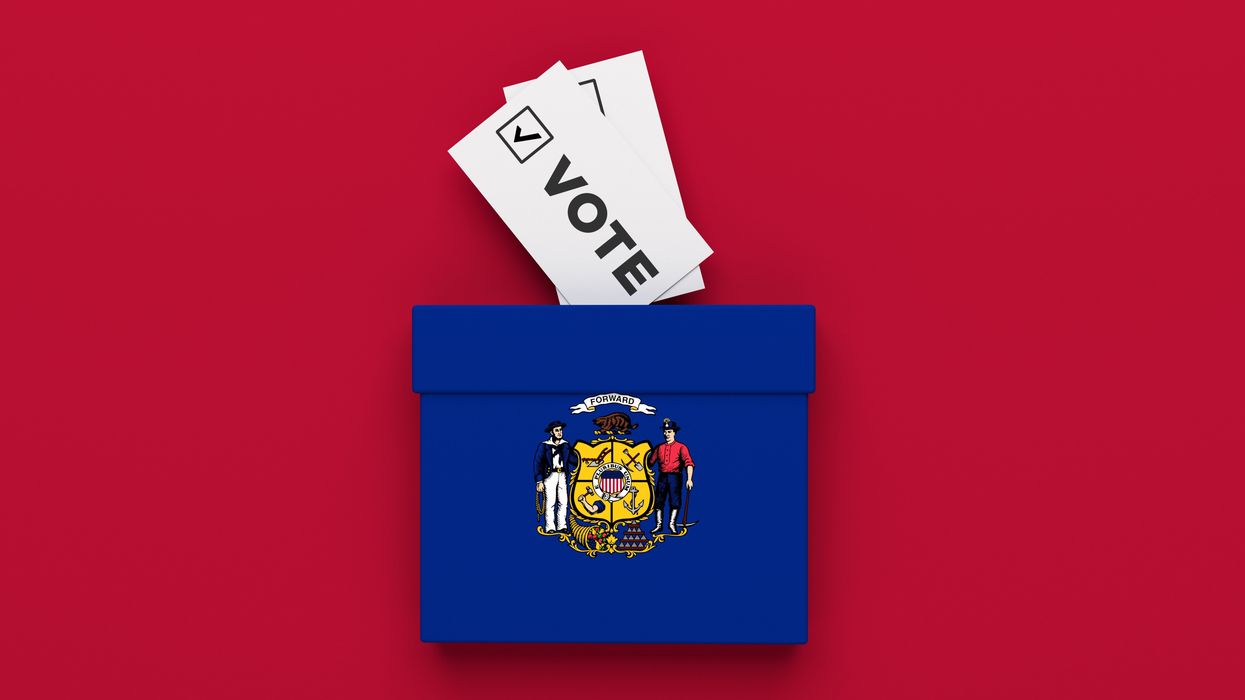




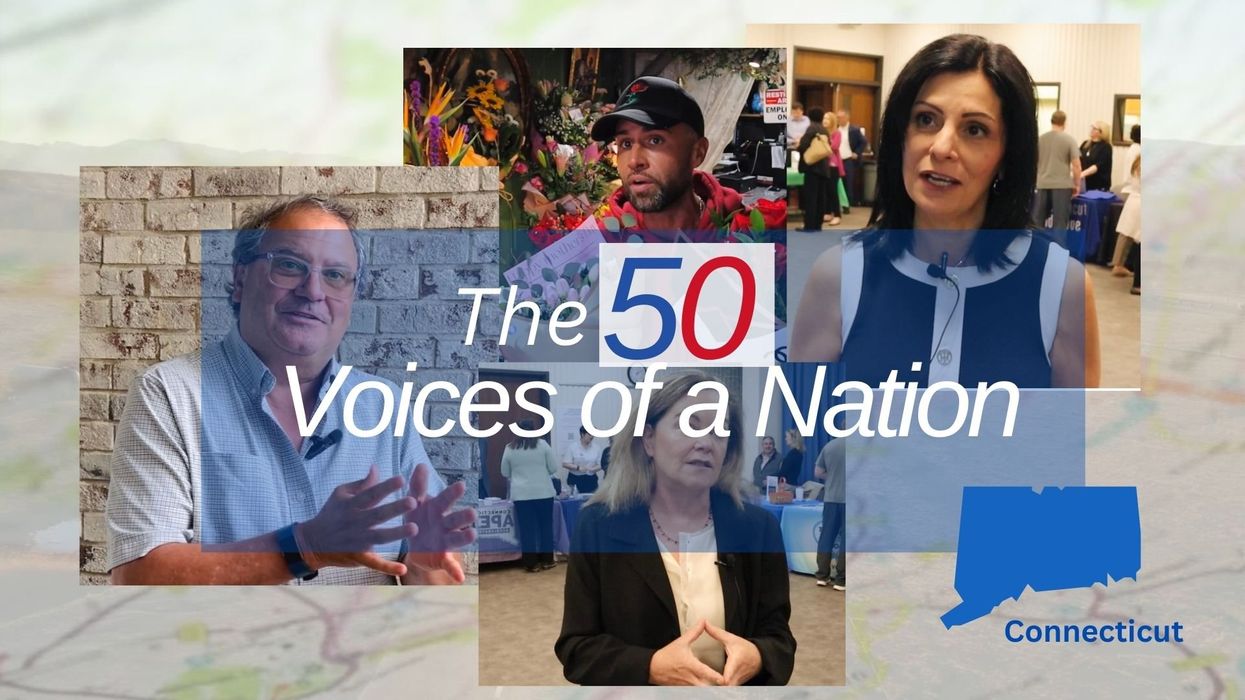






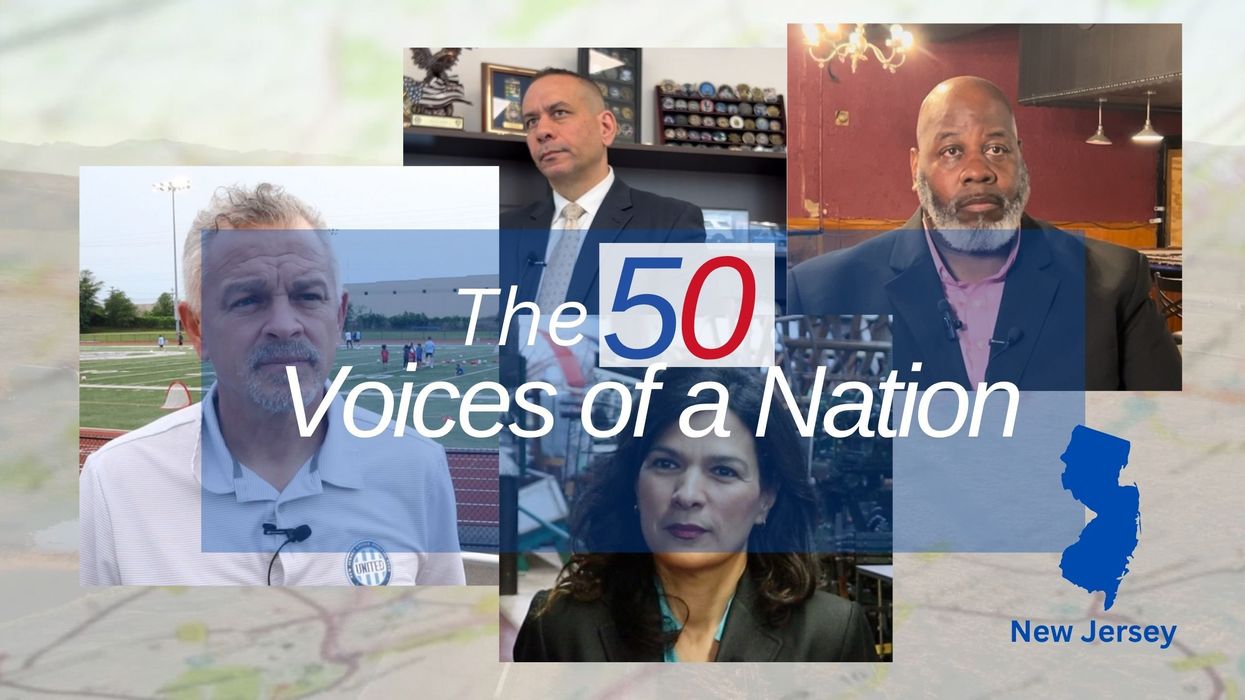
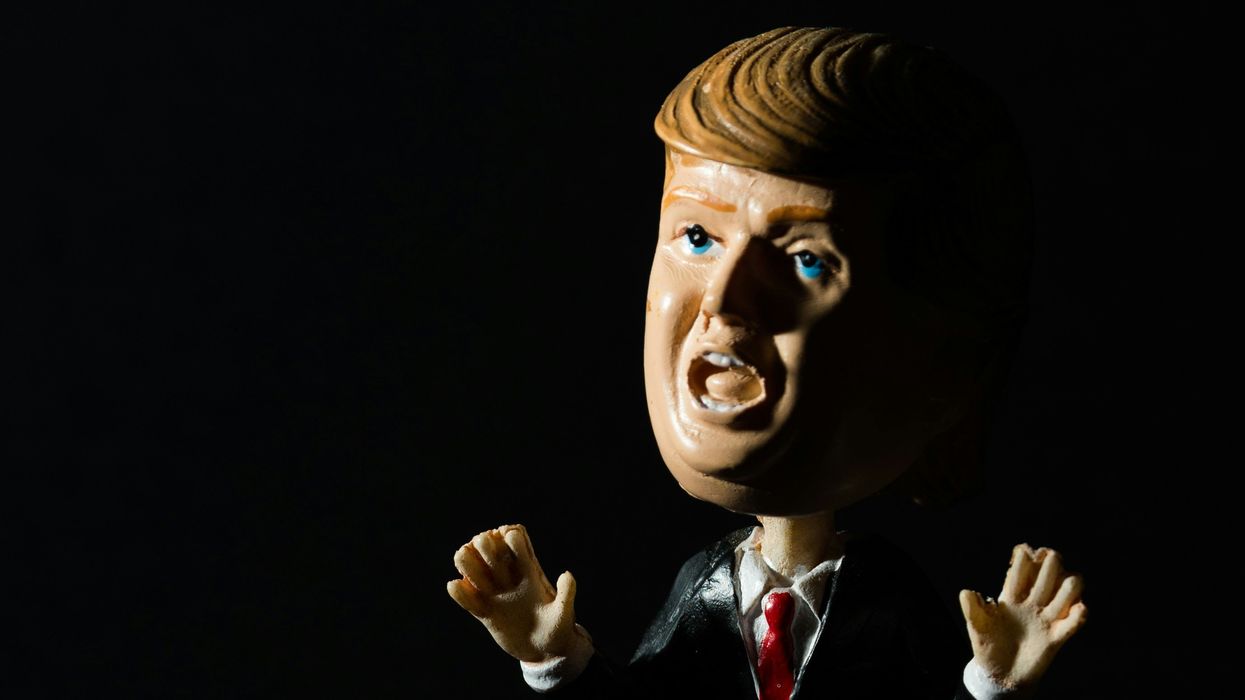
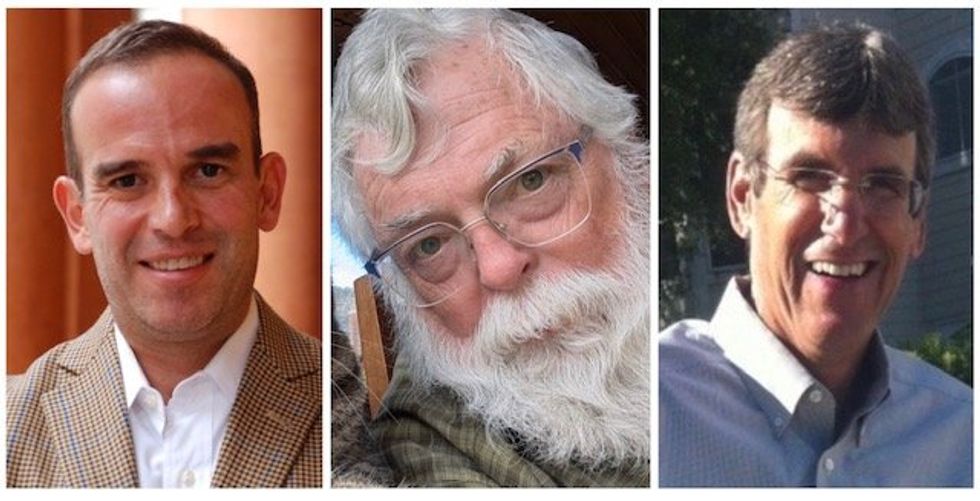 From left to right: Gabriel Cardona-Fox, Bud Branch, Joe Concienne
From left to right: Gabriel Cardona-Fox, Bud Branch, Joe Concienne 